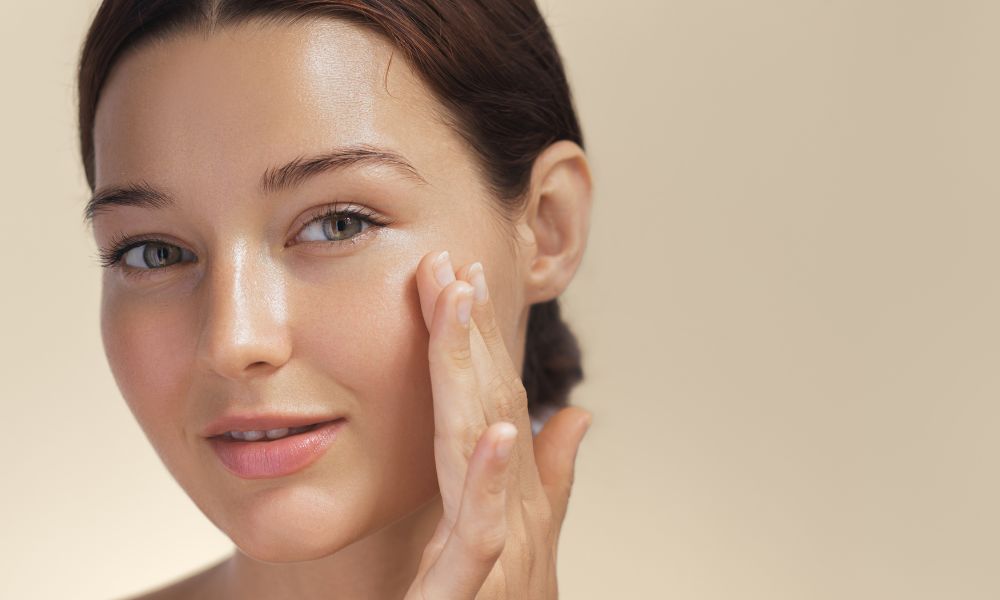
Fat Transfer: Nature’s Own Filler for Long-Lasting Rejuvenation
When it comes to restoring volume, improving skin quality, or treating scars — your own body may have the answer. Fat transfer, also known as autologous fat grafting, is a natural, long-lasting solution that’s gaining popularity for the right reasons.
Let’s walk you through everything you need to know.
What Is Fat Transfer?
Fat transfer is a minimally invasive procedure where fat is gently removed from one part of your body (usually the lower abdomen, flanks, or thighs) and then purified and injected into areas that need rejuvenation or volume restoration.
Because the fat is taken from your own body, it’s called autologous, meaning there’s no risk of allergy or rejection.
How Is It Done?
- Harvesting: A small amount of fat is removed through a gentle liposuction technique — commonly from areas like the flanks or abdomen.
- Purification: The extracted fat is processed to remove any impurities or excess fluid, ensuring only the healthiest fat cells are used.
- Injection: The refined fat is carefully injected into the desired area with precision and artistry.
💡 Note: The area from where fat is taken will not look different post-procedure — only a small volume is used, with no visible contour changes.
Where Can Fat Fillers Be Used?
- Acne scars – To soften depressed scars and improve skin texture
- Facial rejuvenation – Restore youthful volume to cheeks, temples, and under-eye hollows
- Hand rejuvenation – Hide visible veins and tendons, improve skin quality
- Post-traumatic or surgical scars – Especially where there is volume loss or depression
- Burn scars and atrophic scars – Improve pliability and appearance
Why Fat Transfer Is So Effective
- Natural: Since it’s your own tissue, results are soft, seamless, and long-lasting
- Regenerative power: Fat contains a rich source of stem cells, which help improve skin texture, elasticity, and healing
- No synthetic materials: Unlike traditional fillers, this is 100% biological
- Dual benefit: Slight contouring where fat is taken from + enhancement where it is placed
Are There Any Side Effects?
As with any procedure, there can be:
- Mild swelling or bruising
- Temporary tenderness in the treated area
- Minor irregularities if not done with precision (which is why technique matters)
At Routine, we ensure that strict hygiene and safety protocols are followed every single time. Our approach focuses on sterility, proper fat handling, and personalized care to ensure optimal results and minimal complications.
How Long Do Results Last?
While some of the injected fat may be absorbed by the body over time, a significant portion survives permanently, especially with good post-procedure care. Results can last several years, with maintenance sessions only if needed.
Final Thoughts
Fat transfer isn’t just about adding volume — it’s about restoring confidence and healing naturally.
With its regenerative potential and natural outcomes, it’s an excellent choice for anyone looking for holistic, long-lasting rejuvenation.
Interested in knowing if this is right for you? At Routines, Dr. Apoorva Bharadwaj offers expert evaluation and personalised treatment plans, backed by safety, sensitivity, and skill.